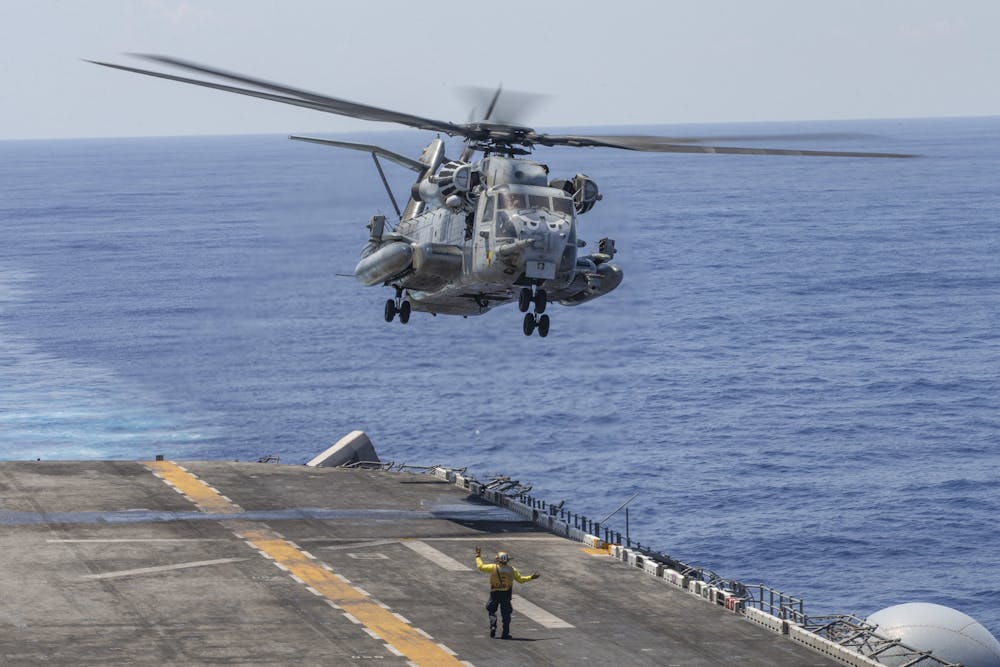Aliyah Siddiqui
International Assistant Editor
Amid tensions between the United States and Russia over Ukraine, President Biden ordered the Pentagon to deploy 3,000 U.S. troops to Eastern Europe on Feb. 2. The order reflects the United States’ efforts to support European allies in the North Atlantic Treaty Organization (NATO) and increase its defenses.
Specifically, Biden is transfering 1,000 U.S. troops from a Stryker squadron, an infantry battalion, based in Germany to Romania. The president is also sending 2,000 troops from Fort Bragg, N.C. to Poland and Germany. U.S. officials are further planning to move other forces within Europe, and have already ordered 8,500 troops to be on standby for deployment.
According to Pentagon Press Secretary John Kirby, the soldiers from the Stryker unit are “designed to deter aggression and enhance our defensive capabilities and frontline allied states and we expect them, as I said, to move in coming days.”
Kirby also said that these orders are not permanent and that the forces “are not going to fight in Ukraine. They are going to maintain the robust defense of our NATO allies.”
“It’s important that we send a strong long signal to Mr. Putin and, frankly, to the world that NATO matters to the United States,” Kirby said.
James G. Stavridis, a retired U.S. Navy admiral and former Supreme Allied Commander Europe, believes that the United States’ actions were a smart tactical move to support NATO.
“This is a smart, tight and focused deployment that provides real combat punch by linking up with the very capable U.S. troops already stationed in Europe. But its symbolic value is even higher in reassuring the Baltics and Eastern Europeans that NATO is tangible and real in its deployable combat power,” Stavridis said.
The United States is not the only NATO country building up defenses for allies in Eastern Europe. France, under NATO, has decided to send troops to Romania, and Denmark is sending a frigate warship and F-16 aircrafts to Lithuania. Spain is also deploying four fighter jets to Bulgaria and ships to the Black Sea, while the Netherlands is planning to send F-35 aircrafts to Bulgaria and has naval and land units on standby.
The United States’ defense measures come after the build-up of over 100,000 Russian troops at the Ukrainian border and enough military equipment to invade Ukraine. On Feb. 1, Russia's president, Vladimir Putin, accused the U.S. of attempting to provoke Russia into war while ignoring Russia’s security demands, which include NATO not expanding eastward and decreasing forces in ex-Soviet Eastern European countries. He also added, however, that discussions would continue.
In response to the United States’ actions, Russia’s Deputy Foreign Minister Alexander Grushko warned about the consequences of these orders.
“The unfounded destructive steps will only fuel military tensions and narrow the field for political decisions,” Grushko said.







